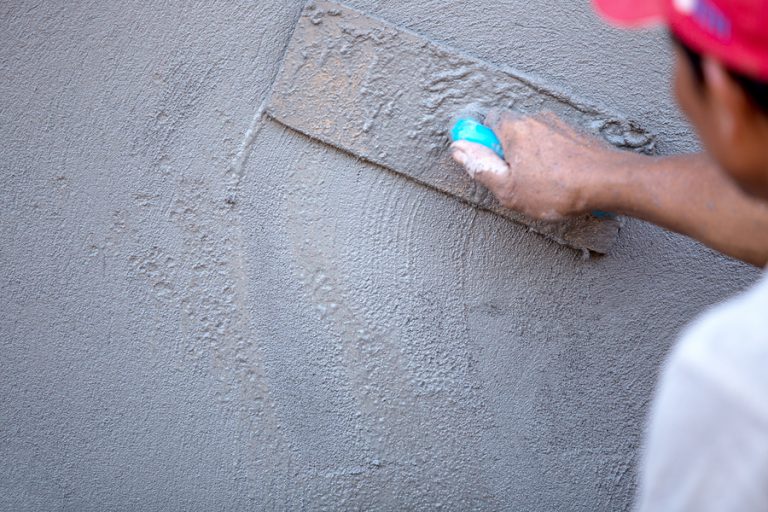Why Concrete Withstands High Temperature In Carlsbad?

- Concrete’s high thermal mass is a major factor in its ability to withstand high temperatures. The material’s density allows it to absorb and store a substantial amount of heat energy. During a fire or other high-temperature event, the absorbed heat gradually dissipates throughout the concrete’s mass, preventing localized overheating. This controlled heat transfer helps maintain the structural integrity of the material and the construction as a whole.
- The chemical reaction that occurs during the hydration process of concrete also contributes to its high-temperature resistance. As concrete sets and hardens, the water within it reacts with cement particles to form a strong crystalline structure known as calcium silicate hydrate (C-S-H). This structure becomes more stable at elevated temperatures, helping to preserve the material’s strength and cohesion even as the surrounding environment heats up.
- Concrete’s relatively low coefficient of thermal expansion makes it adept at handling temperature fluctuations. When exposed to high temperatures, concrete expands at a slower rate compared to metals, reducing the risk of cracking and spalling. This characteristic is crucial in scenarios where maintaining structural integrity is paramount, such as in the construction of fire-resistant barriers and refractory linings.
- Over time, carbon dioxide in the atmosphere reacts with the calcium hydroxide present in concrete to form calcium carbonate—a process known as carbonation. This naturally occurring phenomenon not only strengthens the material but also enhances its resistance to high temperatures. The carbonated layer acts as an additional protective barrier, shielding the inner concrete from the detrimental effects of extreme heat.
- Modern concrete technology has introduced a range of additives that can further enhance its high-temperature performance. These additives, which include fibers, admixtures, and pozzolanic materials, can improve properties like thermal stability, fire resistance, and overall durability. Fibers, for instance, can help control cracking that may occur due to thermal stress, while certain admixtures can reduce the risk of spalling by creating a more controlled pore structure.
FAQs
Can All Types Of Concrete Withstand High Temperatures Equally Well?
While most types of concrete exhibit some level of high-temperature resistance, specialized mixes with additives designed for enhanced fire resistance tend to perform better in extreme heat scenarios.
Are There Any Limits To How Much Heat Concrete Can Withstand?
Concrete’s performance under high temperatures depends on factors such as composition, thickness, and duration of exposure. While it can withstand significant heat, extremely high temperatures, such as those found in certain industrial processes, might still pose challenges.
Is Concrete Equally Effective In Both Structural And Non-Structural Applications Involving High Temperatures?
Concrete’s ability to withstand high temperatures is beneficial in both structural applications like buildings and bridges, as well as non-structural uses like fire-resistant barriers and linings for industrial equipment. Its durability makes it a versatile choice in various scenarios.
Conclusion
Concrete’s remarkable ability to withstand high temperatures can be attributed to a combination of its inherent properties and the technological advancements in the construction industry. Its thermal inertia, hydration process, controlled expansion, carbonation, and the incorporation of additives all contribute to its enduring strength even in extreme heat. This reliability has made concrete an essential material for applications ranging from residential and commercial buildings to critical infrastructures like bridges and nuclear containment structures. As research and technology continue to advance, we can expect concrete to become even more resilient in the face of challenging conditions, further solidifying its position as a cornerstone of modern construction. For more information, contact Concrete Contractor Carlsbad at (760) 576-2525.